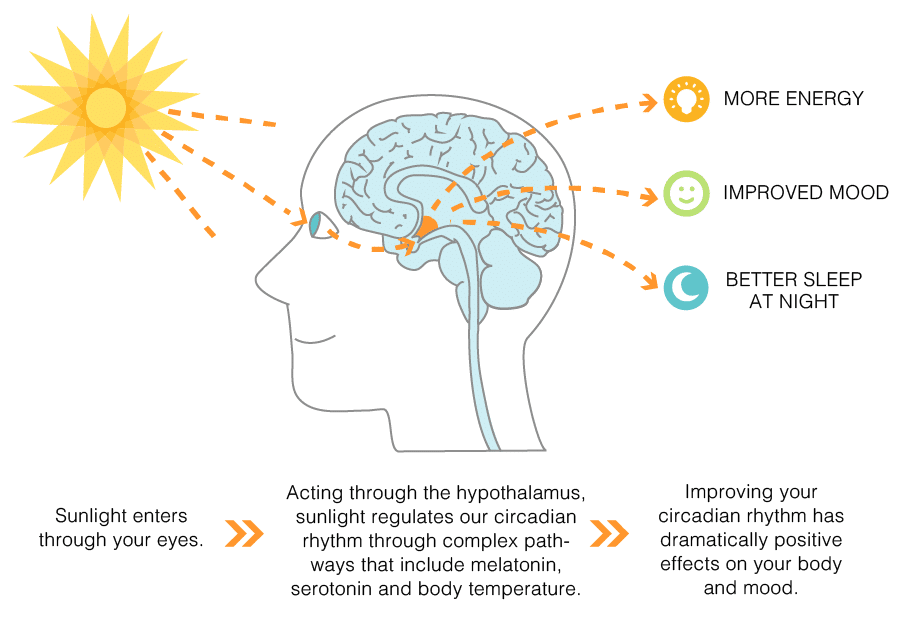
Last year I experienced seasonal affective disorder for the first time that I can remember. Several of my family members have combated depression throughout my life. I lost my younger brother when he was 18 to depression. Yet, when I began to develop symptoms of depression as autumn turned to winter, I thought, this isn’t my story, it’s theirs. This isn’t happening. I don’t know why I felt SAD couldn’t be my answer. It was difficult for me to accept what I was experiencing, almost as difficult as getting out of my bed in January. I began to spiral. I would want to be productive & be a good mother & partner. The more I fixated on how I was letting myself and my family down, the worse I became. I knew something had to change and quickly. I know where depression can lead if not treated. So I reached out & became more aware of the symptoms of seasonal affective disorder and that a lot of my close friends and family also experience S.A.D.
After doing some research and asking those who I knew combated S.A.D., I found some ways to deal with my Winter Blues. This included my partner’s wonderful gift of a light box (which I lovingly refer to as my ‘Lizard Light’ because I feel like an iguana basking in a heat lamp) & finding out I was deficient in Vitamin D. At the time I was also an insomniac but quickly ‘cured’ this after finding that I was magnesium deficient as well. After getting my sleep schedule under control, finally getting the sleep I needed, and ‘sunning’ under my light, I found the symptoms of S.A.D. become less of a struggle for me. I was able to enjoy winter with my kiddos again as well as be a productive and present member of my family.
Now that I know how to handle my personal case of SAD every year, I have noticed a lot of my loved ones and friends struggling with it and wanted to offer some insight and potential help. I am not a doctor or therapist & cannot medically suggest any kind of treatment or etc. , but I will share resources available!
So what is S.A.D.?? Seasonal Affective Disorder or ‘S.A.D.’, is a type of depression that comes and goes with the seasons, typically starting in the late fall and early winter and going away during the spring and summer. There is a rarer form of S.A.D. that occurs in the summer as well.
Not everyone who has SAD experiences the same symptoms. Common symptoms of winter-onset SAD include:
The exact causes of SAD are unknown, but there are some risk factors and clues as to what may cause the winter blues. If you are female, live far from the equator, are young in age, have a family history of SAD, and/or already have depression or bipolar disorder, you are more likely to experience SAD. Some of the potential causes of SAD are:
WHAT TREATMENTS ARE AVAILABLE FOR THOSE WITH S.A.D.?

I am not a doctor and cannot recommend treatment options. I can disclose what common treatments are currently used to aid in the management of Seasonal Affective Disorder. These treatments are:
You should see a doctor if your symptoms are getting in the way of your work or relationships, if you feel despair about the future, are suicidal, or if you have major sleep or eating changes, such as a weight gain of 15 or 20 pounds.